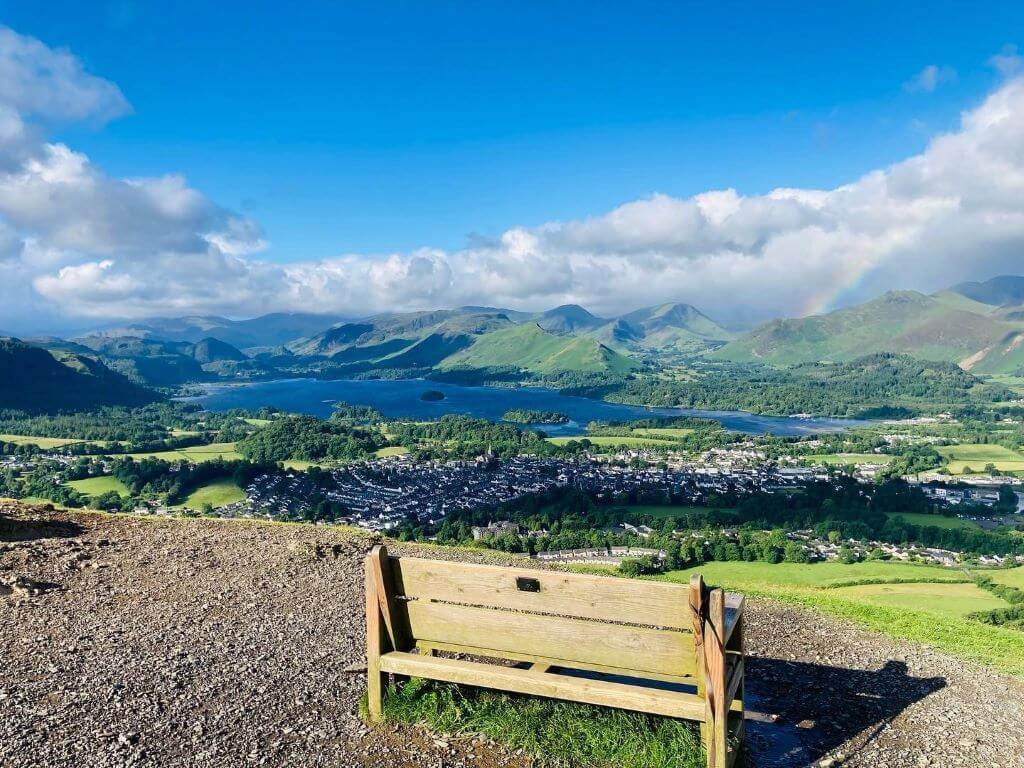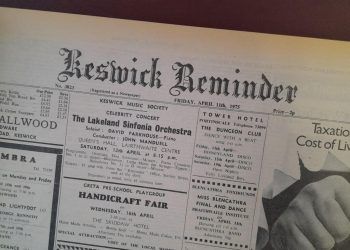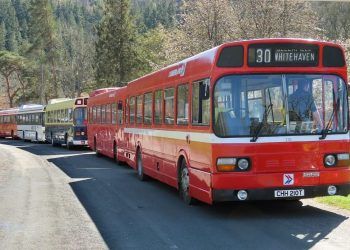
A descendant of one of the protagonists of the nationally significant Latrigg fell trespass is looking to recreate the event, which took place nearly 140 years ago, later this month.
Sheila Wiggins plans to follow in the footsteps of her great, great uncle Henry Irwin Jenkinson, who was one of the walk leaders on that consequential day of October 1, 1887 when 2,500 marched to the top of the 1,207ft fell.
She has organised a walk from Fitz Park, Keswick, on Sunday September 29 to re-trace the route taken by those Victorian champions of the right to roam movement. Sheila is inviting others to join her, starting at 10.30am from the memorial gates on Station Road, opposite Keswick Museum.
From there she will walk to the base of Spooney Green Lane, give a short talk, and photos will be taken, before climbing to the summit of Latrigg where a banner will be unfurled.
Those who took part in the mass trespass, an event organised by the Keswick Footpath Preservation Association, were campaigning for the re-opening of a blocked path to the summit. It happened not long after the Keswick railway opened in 1865 and some landowners became uncomfortable about the number of visitors walking over their land.
The court case that followed resulted in a ruling that acknowledged the right of the public to access the uncultivated mountain top in perpetuity.
Sheila, who is a professional gardener who lives in Bournemouth, visited Keswick last year and walked to the top of Latrigg and visited the town’s museum. But she said that if people did not visit the museum then they would not know that there was this “quite significant” trespass in Keswick which preceded the famous Winter Hill mass trespass, near Bolton, which attracted 10,000 people in 1896.
“Was the Keswick trespass still in the public psyche and people emboldened at that time?” pondered Sheila.
She said that her main motivation, as a proud descendant of one of the main protagonists of the Keswick trespasses, is the hope that more people will come together to call for greater recognition of what is a noteworthy episode in history and to promote the ongoing importance of remaining vigilant in defending the public’s right to wander the open countryside.








